My 6 favourite ancient grains
People are often not sure about what are ancient grains, how to cook ancient grains and how to incorporate them into their everyday meals. So here are six of my favourites and what I like to do with them. Some are better in salads and sides, some become "mushy" when cooked so are useful for soups and thickening, while some make great breads and baked things.
1. Quinoa (pronounced keen-wah)
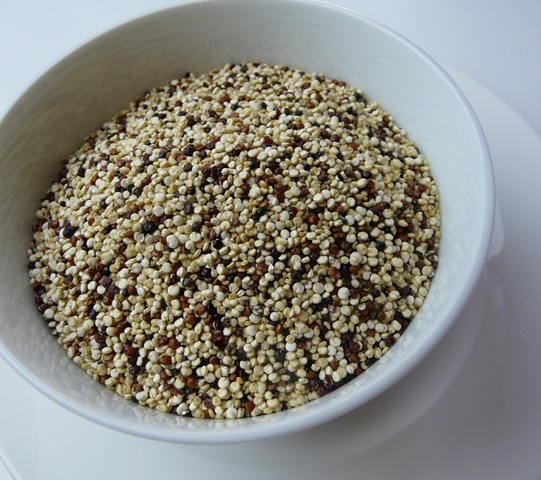
It cooks up to make lovely salads and hot side dishes. The most common is the beige or cream-coloured quinoa but you can also buy black, grey and red types which take longer to cook. There's also a tri-colour quinoa which is a mix of the three types (photographed above).
Quinoa has an exceptional nutrition profile being packed with low GI carbs and fibre, along with B vitamins and minerals such as phosphorus, magnesium, potassium and zinc. It's also gluten free. For vegans, it's a must-eat, thanks to its complete amino acid (protein) rating.
2. Barley
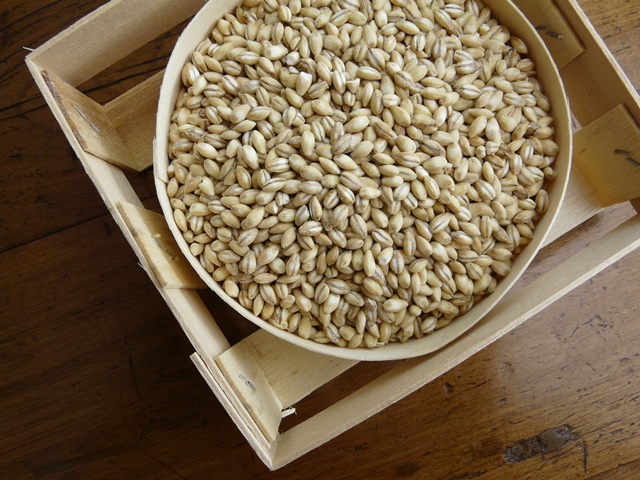
It stands out due to its low GI, meaning its carbohydrate is slowly absorbed which demands less insulin, making it useful for staving off hunger pangs and steadying blood sugar levels. It keeps you feeling fuller for longer after eating.
I love pearled barley in soup - just a handful is enough to thicken and enliven a vegetable or lentil soup. It works well in vegetarian dishes (think pilafs, casseroles and hearty salads) or as a barley mushroom risotto.
- Cook up my hearty barley and vegetable soup. You'll love it.
3. Oats
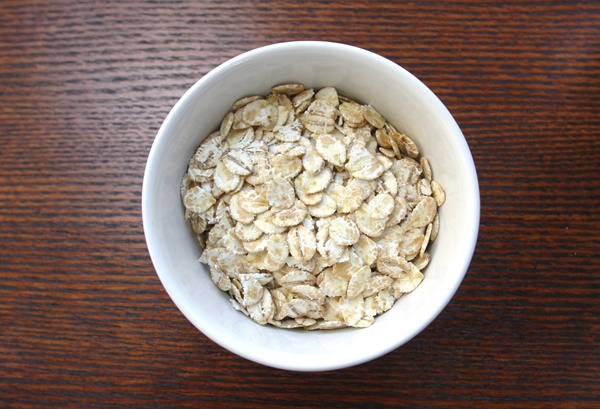
- Read my post on Oats and why I classify it as one of my 20 best Super Foods.
- Read about my field trip to Wahgunyah to see oats being milled into rolled oats for Uncle Tobys.
4. Kamut™
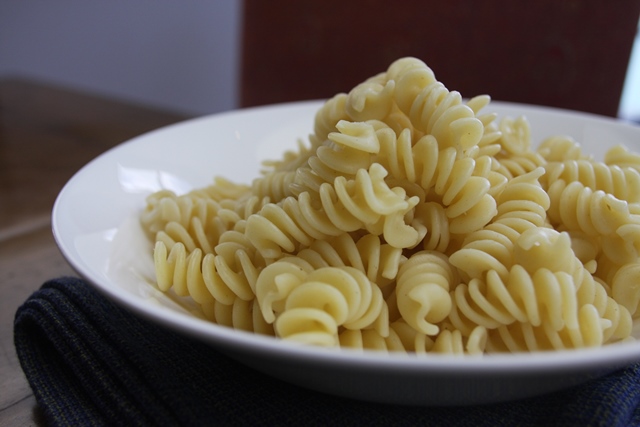
I love the story of how Kamut arrived in the US in 1950s - Kamut ended up in the US when a U.S. airman stationed in Egypt mailed 32 kernels to his father who was a farmer in Montana. A small crop was grown commercially for a few years, but it was all but forgotten due to lack of markets and poor yields.
Then in 1977, the Quinn family secured one remaining jar of the large hump-backed seed from which they selected and propagated a specific seed type that was registered as QK 77. The Quinns coined the trade name "Kamut", an ancient Egyptian word for wheat.
5. Buckwheat
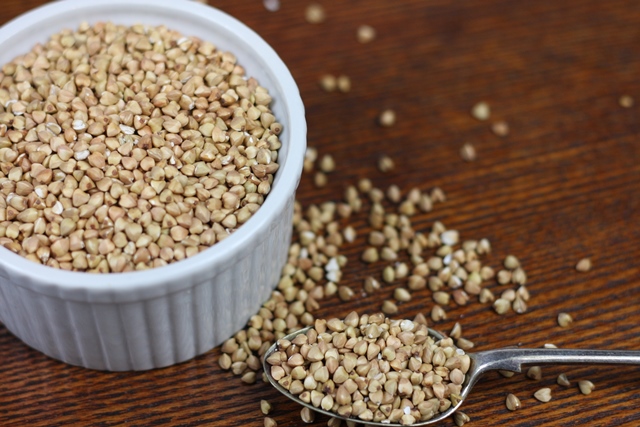
6. Farro/emmer
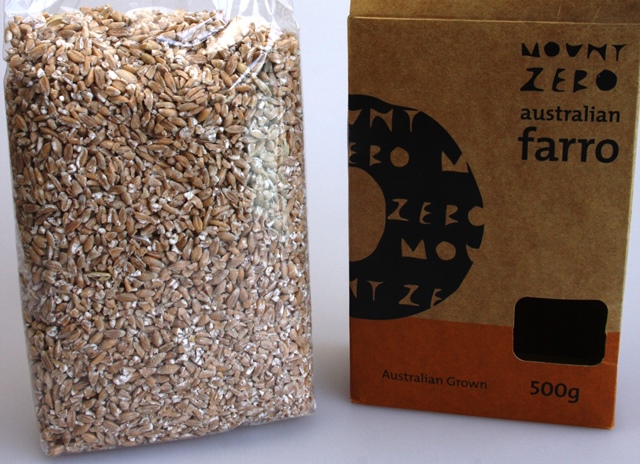
You'll spot farro in Tuscan cooking where it teams nicely with traditional Italian ingredients like garlic, olive oil, oregano and radicchio in salads and accompaniments.
Don't confuse it with spelt - they are two distinct though closely related grains. Farro was the forerunner to spelt on the evolution of wheat.



